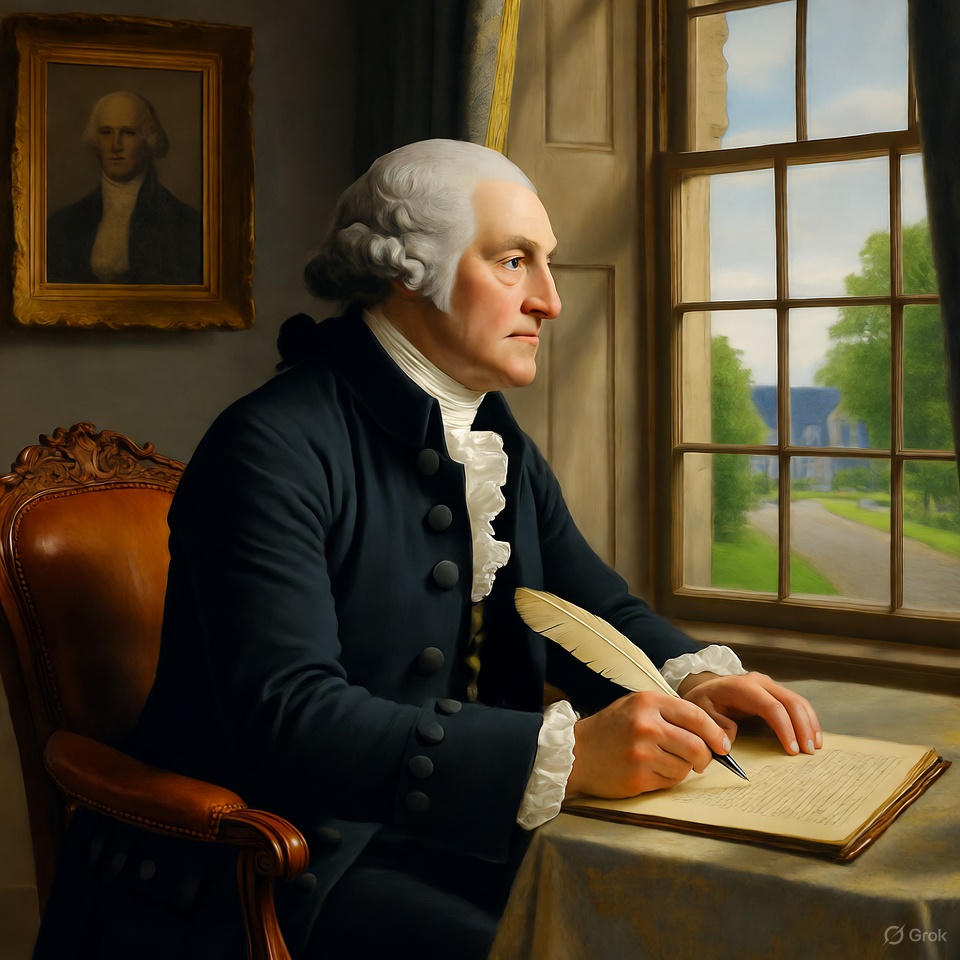On October 6, 1683, a small group of determined families stepped onto the shores of the New World, marking the birth of Germantown, Pennsylvania. This wasn’t just another colonial settlement; it was the first permanent German-speaking community in America, a beacon for those fleeing the chains of religious persecution in Europe. Led by the visionary Franz Daniel Pastorius, these 13 families—primarily Mennonites and Quakers from the Rhineland—arrived aboard the ship *Concord*, often dubbed the “German Mayflower.” Their journey wasn’t fueled by conquest or greed but by a profound quest for spiritual freedom under William Penn’s tolerant charter for Pennsylvania. This event, though overshadowed by flashier tales of revolution and exploration, laid foundational stones for American ideals of liberty, community, and moral courage.
To understand the gravity of this founding, we must delve into the turbulent Europe these settlers left behind. The late 17th century was a cauldron of religious strife. The Thirty Years’ War (1618–1648) had ravaged the Holy Roman Empire, leaving Protestant dissenters like Mennonites and Quakers vulnerable to Catholic reprisals and even fellow Protestants’ intolerance. Mennonites, with their pacifist beliefs rooted in Anabaptist traditions, faced severe persecution in the Dutch Republic and Swiss cantons. They were branded heretics for rejecting infant baptism, state church allegiance, and military service. Fines, imprisonment, and drownings were common fates. Many fled to Krefeld, a textile hub near the Dutch border in the Electorate of the Palatinate, where a semblance of tolerance existed under sympathetic rulers.
Enter Franz Pastorius, born in 1651 in Sommerhausen, Franconia. A polymath educated in law, theology, and languages at universities in Altdorf, Jena, and Heidelberg, Pastorius was no ordinary migrant. Descended from Lutheran pastors, he initially served as a tutor and lawyer but grew disillusioned with Europe’s religious wars. In 1683, he was dispatched by a consortium of Frankfurt Quakers and Krefeld Mennonites to scout Pennsylvania, William Penn’s “holy experiment” in religious pluralism. Penn, a Quaker himself, had acquired the land from King Charles II in 1681 as repayment for a debt, envisioning a colony free from the Church of England’s dominance. Pastorius’s group included key figures like Dirck op den Graeff, a linen weaver and early Quaker convert; his brothers Abraham and Herman; Reynier Tyson, a skilled craftsman; and Thones Kunders, whose home would later host pivotal meetings. Contrary to the “German” label, many were Dutch-origin Mennonites who had assimilated into Rhineland culture, speaking a dialect blending Dutch and German. Their arrival on October 6—after a voyage plagued by storms and disease—symbolized hope amid hardship. They purchased 6,000 acres from Penn for about 900 pounds, establishing lots along the Lenape trail that became Germantown Avenue.
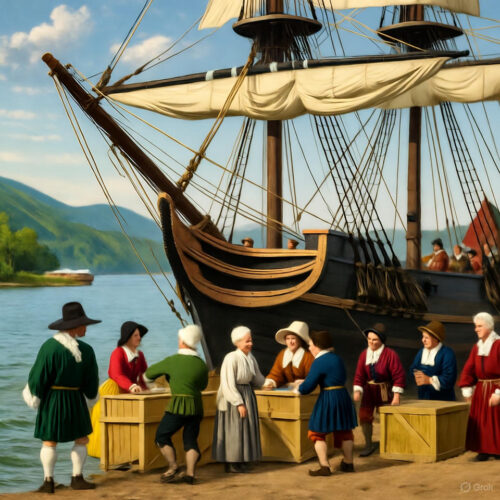
Early life in Germantown was a gritty test of endurance. The settlers cleared dense woods teeming with wildlife—deer, wolves, and bears—for farmland. They built log cabins with thatched roofs, drawing on European building techniques adapted to the unfamiliar climate. Soil was fertile, but winters harsh; summers brought fevers from mosquitoes along the Wissahickon Creek. They planted flax, hemp, and wheat, leveraging Krefeld’s linen expertise to produce textiles for trade with Philadelphia, just seven miles southeast. Governance was communal: Pastorius served as the first bailiff, overseeing a court that convened in homes. By 1689, Germantown was incorporated as a borough, with a seal depicting a plow and sheaf of wheat, symbolizing agrarian roots. A 1691 census showed about 50 residents, growing to hundreds by 1700 as more Germans arrived. Education was prized; Pastorius established a school teaching reading, writing, and Latin. He penned poems and treatises, including the *Germantown Beschreybung* (Description of Germantown), chronicling their progress and advocating tolerance.
The settlement’s true significance emerged in moral leadership. Just five years later, on February 18, 1688, four settlers—Pastorius, Dirck and Abraham op den Graeff, and Gerrit Hendricks—gathered at Kunders’s house to draft the Germantown Quaker Petition Against Slavery. Witnessing African slaves in Philadelphia, they decried the practice as un-Christian, invoking the Golden Rule: “Here is liberty of conscience, which is right and reasonable; but yet we do not find the like liberty for the Negroes.” This two-page document, the first public anti-slavery protest by whites in North America, argued slavery contradicted Quaker testimonies on peace and equality. Though initially dismissed by Philadelphia Quakers as outside their jurisdiction, it rippled outward. By 1696, the petition reached London Yearly Meeting, influencing the Society of Friends to ban slave trading in 1776 and Pennsylvania to enact gradual emancipation in 1780. The op den Graeff brothers, linen merchants with ties to indentured servitude, showed personal conviction over profit. This act positioned Germantown as the cradle of abolitionism, predating figures like Benjamin Franklin’s later anti-slavery stance.
As the 18th century unfolded, Germantown evolved into a thriving hub. By 1709, waves of German Palatines fleeing war and poverty swelled the population, introducing Lutheran and Reformed churches alongside Mennonite meetinghouses. The first paper mill in America opened in nearby Wissahickon in 1690, powered by the creek, producing currency and books. Pastorius’s *Guide to the Fruits of Philadelphia* (1702) detailed local agriculture, from apple orchards to dye-producing plants. Tensions with Native Americans simmered; the Walking Purchase of 1737, a dubious land deal by Penn’s heirs, displaced Lenape tribes, foreshadowing conflicts. Yet, settlers maintained relative peace through fair trade, unlike bloodier frontiers.
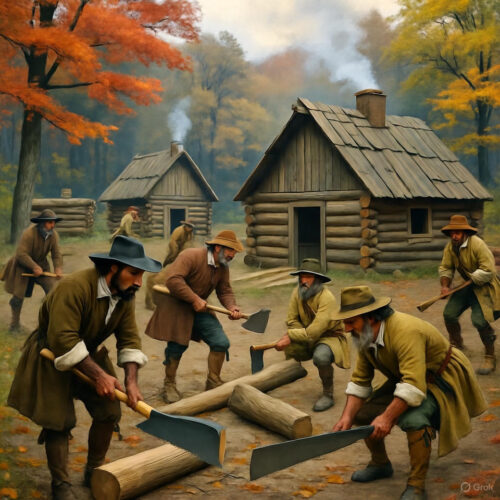
The Revolutionary War thrust Germantown into the spotlight. On October 4, 1777—just shy of the founding’s anniversary—General George Washington’s Continental Army launched a surprise attack on British forces encamped there. The Battle of Germantown was chaotic: fog and friendly fire led to American retreat, but heavy casualties (over 1,000 total) demonstrated resolve. British officer James Agnew was killed by civilian sniper fire from a window, highlighting local defiance. Cliveden, the Chew House, stood as a British stronghold, its bullet-pocked walls a testament to the fray. Though a tactical loss, the battle, combined with Saratoga’s victory weeks later, convinced France to ally with America, tipping the war’s balance. Washington later retreated to Germantown during the 1793 yellow fever epidemic, residing at the Deshler-Morris House—a Georgian gem built in 1776—where he signed treaties and planned governance. The First Bank of the United States temporarily operated here, underscoring economic importance.
Post-war, Germantown industrialized subtly. The Philadelphia, Germantown and Norristown Railroad arrived in 1832, horse-drawn at first, then steam-powered by Matthias Baldwin’s “Old Ironsides.” Textile mills boomed, but so did social reforms; abolitionists like Lucretia Mott drew from 1688 roots. By 1854, consolidation into Philadelphia diluted autonomy, yet Germantown retained distinct flavor—grand homes like Grumblethorpe (built 1744) hosted patriots, while churches like St. Michael’s Lutheran (founded 1728) echoed immigrant hymns. The area’s burial grounds, like the Upper Burying Ground (1690s), hold graves of founders, their epitaphs in German script.
Diving deeper into key figures reveals human stories behind the history. Take Dirck op den Graeff: Born around 1638 in Krefeld, he converted to Quakerism amid persecution, smuggling Bibles and facing arrests. His family’s 1683 migration included his wife and children; in Germantown, he wove linen while advocating ethics. Abraham, his brother, shared the anti-slavery zeal, their petition a family legacy. Thones Kunders, host of the 1688 meeting, was a baker whose home doubled as inn and court. Reynier Tyson, of Swiss Mennonite descent, engineered early mills. Pastorius himself was eclectic: a poet who wrote in German, Latin, and English, he defended Quakers in court and taught children classics. His 1690 trial for slander against a neighbor showcased colonial justice’s quirks—fined but unbowed. These individuals weren’t heroes in capes but everyday radicals, blending faith with action.
The broader context of Pennsylvania’s founding amplifies Germantown’s role. William Penn’s *Frame of Government* (1682) promised no religious tests, attracting dissenters from England, Scotland, and the Continent. Philadelphia, meaning “city of brotherly love,” contrasted Europe’s inquisitions. Yet challenges abounded: Quaker pacifism clashed with frontier defense, leading to the 1690s “Holy Experiment” debates. Germantown’s economy intertwined with Philadelphia’s port, exporting flour and importing tools. By 1700, it boasted America’s first subscription library, fostering intellectual growth. The 1720s influx of “redemptioners”—indentured Germans paying passage through labor—diversified the populace, though exploitation mirrored European woes.
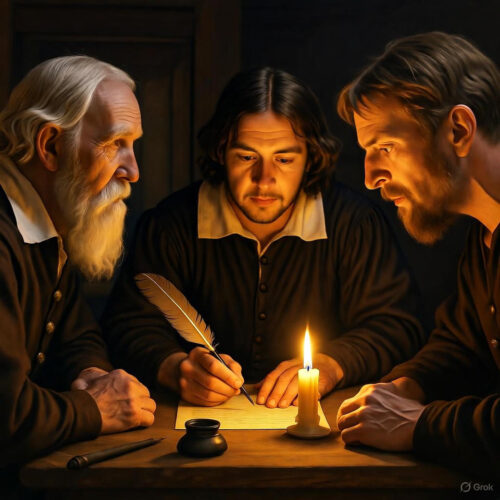
Religious life pulsed with innovation. Mennonites held plain services in homes, emphasizing scripture over hierarchy. Pastorius chronicled eclipses and comets, blending faith with science. The 1723 arrival of Schwarzenau Brethren—pioneers of baptism by immersion—added Dunkard traditions. Tensions arose: Quakers split over evangelism, but Germantown mediated. The anti-slavery petition’s biblical grounding—”Ye that pass by Jerusalem… consider if there be any sorrow like unto my sorrow”—echoed prophets, influencing later activists like John Woolman. By the 1750s, Germantown hosted the first American botanical garden, experimenting with medicinal herbs, tying back to European herbalism.
The Battle of Germantown’s fog-shrouded fields saw 11,000 Americans clash with 9,000 British. Washington’s plan involved four columns converging at dawn, but miscommunication and terrain foiled it. Hessian mercenaries defended amid chestnut trees; locals like the Wister family hid in cellars. Casualties included future heroes like Anthony Wayne. The battle’s aftermath saw British occupation until 1778, with Hessians billeted in homes. Victory at Saratoga validated the gamble, as French aid included ships and troops. Washington’s 1793 stay, escaping fever that killed 5,000 in Philadelphia, highlighted Germantown’s salubrious hills. There, he hosted cabinet meetings, drafting responses to European wars.
Into the 19th century, Germantown’s legacy endured. The 1830s railroad spurred growth, with Baldwin’s locomotive hauling passengers past orchards. Abolitionist fervor peaked; the 1840s saw Underground Railroad stations in attics. Figures like Robert Purvis, a free Black leader, resided nearby, linking back to 1688. Consolidation in 1854 integrated it into Philadelphia’s grid, but Germantown Avenue remained a historic spine, lined with Federal-style mansions. The Civil War saw Union troops drill here, echoing revolutionary echoes. Today, sites like the Germantown Historical Society preserve artifacts—Pastorius’s writings, petition replicas—inviting reflection.
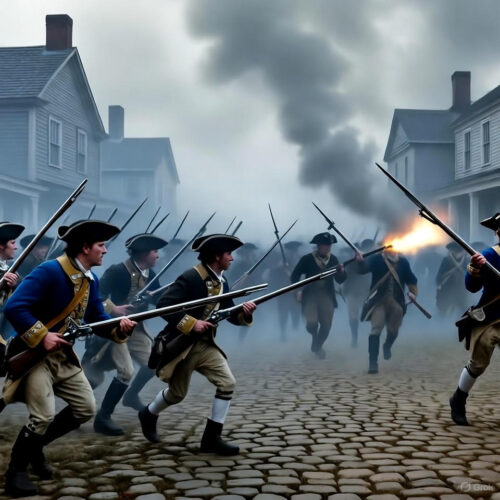
The outcome of Germantown’s founding—a community forged in persecution’s fire, birthing anti-slavery conscience and revolutionary spirit—offers timeless lessons. These settlers didn’t just survive; they challenged injustice, built inclusively, and pursued ethical living. In today’s divided world, their story motivates personal transformation, applying historical resilience to modern challenges.
– **Cultivate Moral Courage Against Injustice**: Like the 1688 petitioners, identify personal “slaveries”—addictions, toxic relationships, or societal biases—and draft your own “petition” by journaling commitments to change, starting with one act weekly, such as volunteering for equality causes, fostering empathy as they did through scripture.
– **Seek and Create Spaces of Freedom**: Emulate the flight to Pennsylvania by auditing your life for restrictive environments (jobs, habits) and relocating—literally or figuratively—toward tolerant communities, perhaps joining or forming groups emphasizing shared values like book clubs on ethics.
– **Build Communal Resilience Through Skills**: The settlers’ self-sufficiency in farming and crafting teaches practical preparedness; learn a trade or homesteading skill today, like gardening or basic carpentry, to gain independence and barter in networks, reducing reliance on fragile systems.
– **Prioritize Education and Reflection**: Pastorius’s schooling amid hardship underscores lifelong learning; dedicate time daily to reading history or philosophy, applying insights to decisions, such as using Quaker consensus in family or work disputes for harmonious outcomes.
– **Champion Pacifism and Ethical Trade**: Mennonite nonviolence influenced anti-slavery; in daily life, opt for peaceful resolutions and ethical consumerism, boycotting exploitative products, mirroring their linen trade without slave labor to align actions with principles.
To implement this, follow this step-by-step plan: 1) Research your “persecution”—list modern stressors blocking freedom, drawing from Germantown’s context. 2) Assemble a “founding group”—connect with like-minded friends for accountability, akin to the 13 families. 3) Draft your petition—write actionable goals against personal injustices. 4) Build skills—enroll in a workshop on self-reliance. 5) Reflect quarterly—review progress, celebrating small wins like the settlers’ first harvest, sustaining motivation through history’s enduring spark.
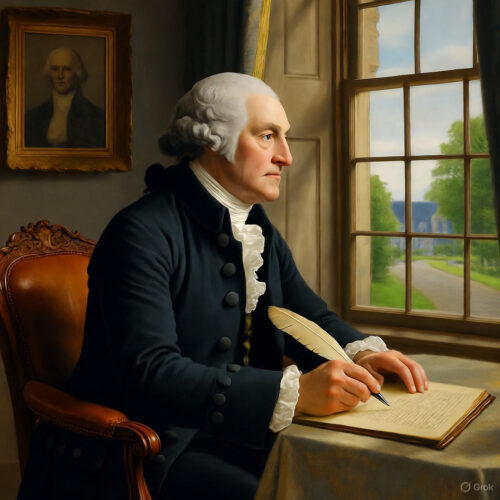
This tale of Germantown, rich in detail and human endeavor, reminds us that history isn’t dusty relics but living blueprints for bold living. From October 6, 1683’s arrivals to echoes in abolition and revolution, it proves ordinary people ignite extraordinary change.

